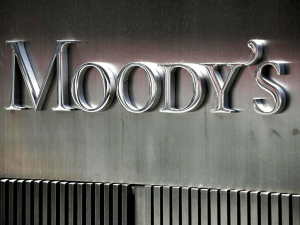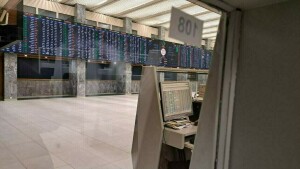 SINGAPORE: The US 10-year Treasury yield edged higher on Wednesday but stayed below a 14-month high as the market stabilised somewhat after the recent jump in yields lured some buyers back into the bond market.
SINGAPORE: The US 10-year Treasury yield edged higher on Wednesday but stayed below a 14-month high as the market stabilised somewhat after the recent jump in yields lured some buyers back into the bond market.
Ten-year notes slipped 3/32 in price to yield roughly 2.201 percent. The 10-year yield rose 1 basis point on the day but was well below Tuesday's high of 2.293 percent, the highest level since April 2012.
That rise in yields had helped lure buyers back into the bond market on Tuesday, giving Treasuries some reprieve.
A trader for a US brokerage house in Tokyo said there has been talk that long liquidation in emerging market bonds had played a part in the recent sell-off in Treasuries.
"I think for the last few days ... the talk has been a lot of emerging market flows, a lot of liquidations in emerging market bonds kind of taking the toll on the (US Treasury) market as well," he said.
Such an outcome was unusual, since safe haven Treasuries often attract buyers when riskier assets fall.
But investors with exposure to illiquid emerging market bonds may be using more liquid markets such as the US Treasury market to help hedge their positions and protect themselves from the risk of further rises in bond yields, the trader said.
"In this specific instance, the initial reaction is they (investors) need to hedge duration. They need to pay swaps. They need to sell Treasuries or Bunds or some other rather liquid product," he said.
Just how much of an impact such hedging flows have had on Treasuries is open to debate, however.
"Emerging market assets are very illiquid and given the moves that are happening, I think there is a great deal of interest in hedging or finding liquid hedges," said Mirza Baig, head of foreign exchange and interest rate strategy Asia for BNP Paribas in Singapore.
"I think people are putting on those hedges in several places. The US rates are one. I also think that people are trying to position in some other markets as well, such as Korea -- the more liquid bond markets," he said.
Still, the weakness in US Treasuries is likely mainly driven by other factors, such as market expectations for Fed policy and the US economy's outlook, Baig said.
"I don't think the hedging against emerging markets is large enough to drive the US Treasury weakness," he said.





















Comments
Comments are closed.